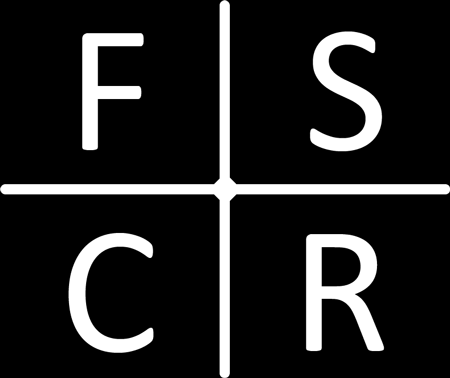As strength and conditioning coaches we are always looking for ways to improve performance. We often look to biomechanics and physiology for these improvements and we often neglect how we coach. The delivery of information and instructions to our athletes is just as important as the right exercise selection. Research from motor learning theory is starting to show that the instructions we give our athletes can significantly increase their performance when performing a skill. The research below investigated the effects of coaching instructions that direct an athlete’s focus of attention internally or externally. An internal focus of attention directs the athletes’ attention to their own body movements with an emphasis on specific muscle recruitment. An external focus of attention directs the athletes’ attention away from their body and towards the effects of their movements on the environment.
Research investigating the effects of an internal vs external focus on vertical jump height in 10 physically active university students (9 female and 1 male) with an average age of 23, performed 5 jumps under each of the following conditions, internal, external and control (no attentional focus) representing 15 jumps per participant (1). Information utilised in this research for an internal focus was “concentrate on the tips of your finger, reaching as high as possible” and for an external focus “concentrate on the rungs of the vertec (vertical jump measuring equipment), reaching as high as possible. Results showed that participants performed a significantly higher vertical jump with an external focus of attention compared to an internal or controlled focus of attention.
This research suggests that we as coaches should utilise an external focus of attention when instructing or motivating our athletes. We should always direct attention to the movement and not the muscles. The “constrained action hypothesis” has been posited for the greater performance outcome of an external focus of attention, which suggests: “an external focus facilitates motor performance because it promotes automatic control of movement. By contrast, adopting an internal focus induces more deliberate and conscious control of movement, thereby constraining or disrupting ‘normal’ automatic control processes”.
Don’t forget to think about what you are telling your athletes as a coach and what you are focusing on as an athlete!
References
1. Wulf, G., Zachry, T., Granados, C., Dufek, J.S. (2007) Increases in Jump-and-Reach Height Through an External Focus of Attention, International Journal of Sports Science & Coaching, 2, 275-284.

